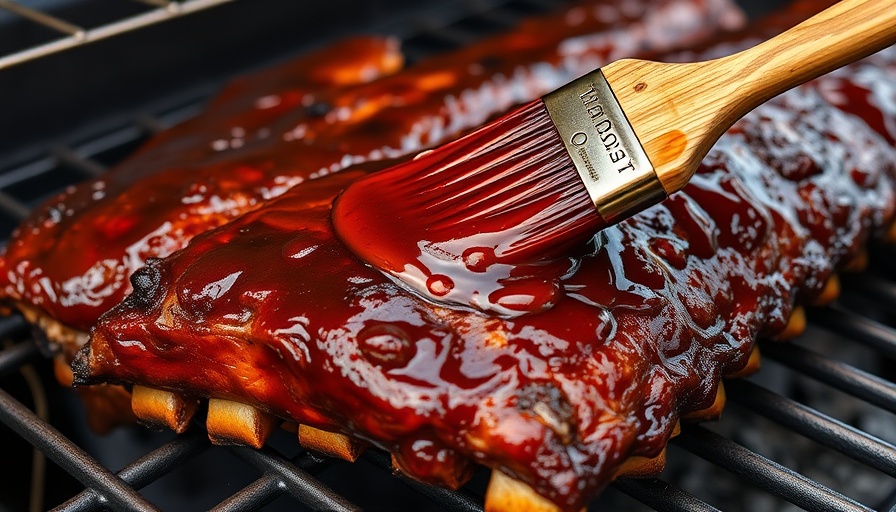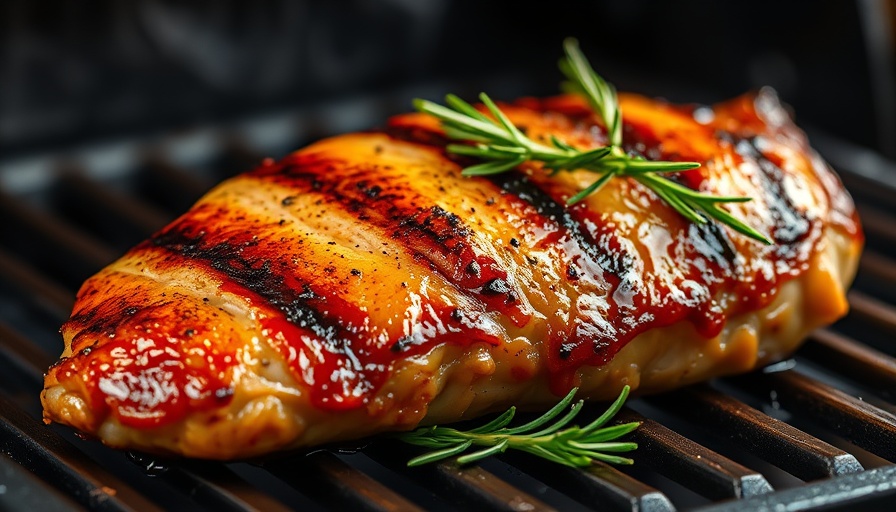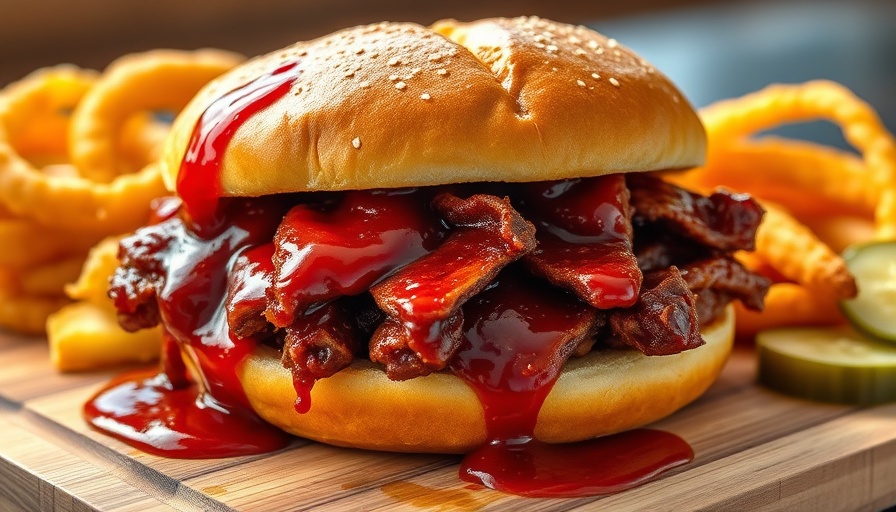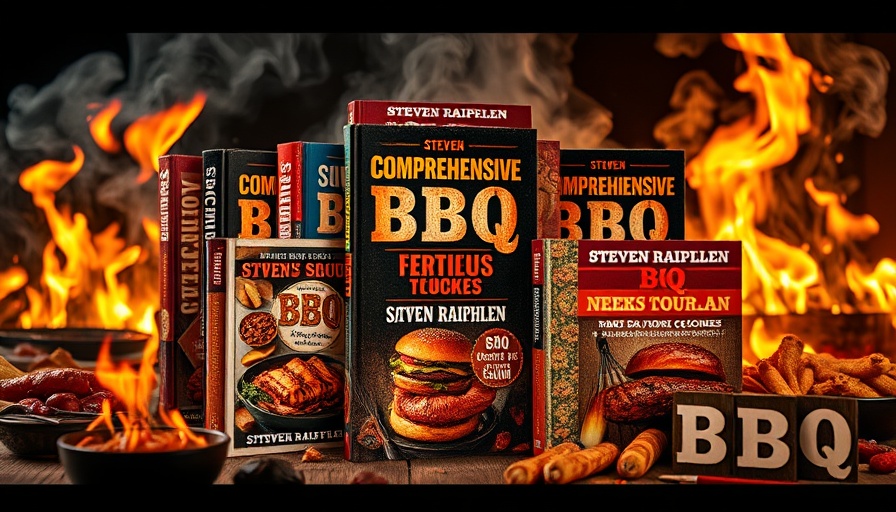
The Shift from 3-2-1 to 3-1-1 Ribs: A Culinary Evolution
The art of barbecuing ribs has long been championed as a practice requiring finesse and an intuitive touch. For many home cooks, the 3-2-1 method for preparing pork spare ribs has been a go-to formula— three hours of smoking, two hours wrapped in foil, and an hour uncovered. It’s a tried-and-true technique that has delighted taste buds around the world. However, as many seasoned pitmasters like Steven Raichlen have realized, sometimes tradition needs to be revisited for better culinary outcomes.
Why the 3-2-1 Method Might Fall Short
Although the 3-2-1 method produces moist and tender ribs, it has its pitfalls. Raichlen’s experience shows that while most people enjoy the results, there’s a creeping sense of compromise in flavor and texture. The ribs often end up too mushy, causing a loss of that perfect bark—the crust that provides an essential textural contrast. This is primarily due to the long duration they spend steaming in foil, which can wash out the flavors and aroma.
Introducing the 3-1-1 Method
Raichlen’s proposal for the 3-1-1 method turns the tables to create a more fulfilling barbecue experience. In this technique, ribs are smoked for three hours, wrapped in foil for just one hour, and returned to the grill for one final hour to develop a crispy exterior. This adjustment caters not only to texture but also ensures that the flavorful rub maintains its impact, bringing the dish back to its artistic roots.
The Art of Selecting the Right Ribs
Your barbecue journey starts with selecting the right ribs. Opt for high-quality spare ribs, preferably from heritage breeds. The flavor and tenderness will significantly enhance the outcome. Prioritizing St. Louis-style ribs can also make a notable difference. These ribs typically have more meat and a better fat distribution, resulting in a juicy final product.
Essential Techniques for Rib Mastery
Preparation is crucial in ensuring mouthwatering results. Start by removing the papery membrane from the bone side of the ribs, so the spices can penetrate effectively. A well-chosen rub can elevate your ribs significantly, as it’s the layer that introduces flavor. Raichlen's Kansas City Smoke Rub, for example, can create a delightful balance of sweetness and spice.
A Focus on Smokers and Temperature Control
Using a reliable smoker or grill set up for indirect cooking at a steady 250 degrees Fahrenheit is pivotal. Maintaining the temperature is vital; fluctuations can impact the cooking process negatively. Incorporating a pan of water into the smoker provides moisture. This step is essential to achieve the perfect balance between smoke and steam without overcooking the meat.
Future Cooking Adventures: What Lies Ahead?
The shift from 3-2-1 to 3-1-1 could be just the beginning for the creative possibilities in rib preparation. Chefs and home cooks alike can explore new timings and methods as they continue to learn and understand the essence of barbecuing. Each individual’s palate is unique, inspiring a variety of adaptations and innovations.
Tools and Resources to Enhance Your Barbecue Skills
Investing in high-quality tools helps streamline the cooking process and enhances end results. A good smoker, sharp knife, and durable cutting board are must-haves. Additionally, utilizing a reliable meat thermometer ensures accuracy, keeping your cooking on point. Don’t forget to consider digital resources like BBQ blogs, online forums, and instructional videos—these can serve as great platforms for feedback, encouragement, and learning from seasoned enthusiasts.
What This Means for Backyard Barbecuers
Ultimately, re-evaluating the methods we hold dear can lead to extraordinary culinary experiences. The transition from the 3-2-1 method to the 3-1-1 may seem simple, but the enhancement in aroma and flavor is profound. It transforms not just the meal but the entire approach to barbecuing. For those who cherish the art of cooking ribs, embracing these progressive changes can open the door to delicious new possibilities.
 Add Row
Add Row  Add
Add 




Write A Comment